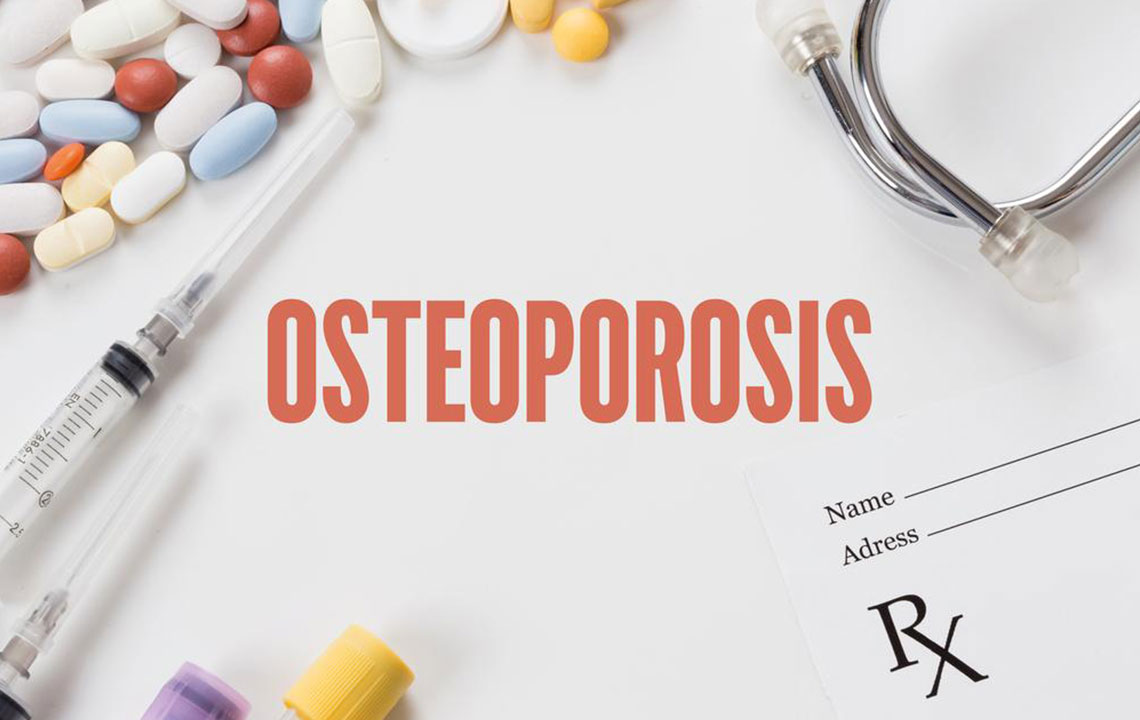Understanding Bone Density Tests: A Vital Tool in Osteoporosis Prevention
Bone density testing is a key component in early osteoporosis detection and fracture prevention. Using techniques like DXA, healthcare providers can accurately assess bone health, predict fracture risk, and guide timely treatment. Regular assessments are vital, especially for at-risk groups like postmenopausal women, offering a proactive approach to managing osteoporosis and reducing associated complications. Advancements in diagnostic thresholds continue to improve early intervention and patient outcomes.

Bone Density Evaluation: Essential for Detecting Osteoporosis Early
Osteoporosis often develops silently until fractures occur, impacting around 44 million Americans aged 50 and above, which is roughly 55% of that age group. Fractures of the spine and hip can result in persistent pain, deformities, mental health challenges, disability, and higher mortality rates. Nearly half of hip fracture patients fail to regain independence, with 25% needing long-term assistance. The five-year mortality rate after such fractures increases by approximately 20%, especially among men.
Based on the Surgeon General’s “Report on Bone Health and Osteoporosis” and the NOF’s “Guide for Physicians on Osteoporosis Prevention and Treatment,” osteoporosis presents a major public health issue. Conducting bone mineral density (BMD) testing is crucial for identifying individuals at elevated risk of fractures before they happen.
BMD assessments are especially valuable when results influence clinical decisions. They help confirm fracture risk, clarify diagnosis, estimate fracture likelihood, and set a baseline for monitoring BMD changes over time.
Regular BMD testing, conducted accurately and interpreted by experienced professionals, offers valuable insights. The most trusted method for diagnosing and tracking osteoporosis is dual-energy X-ray absorptiometry (DXA) of the spine, hip, or forearm. DXA results correlate closely with bone strength, are highly precise, and involve minimal radiation exposure. BMD measurements can predict fracture risk at various skeletal sites, typically expressed as a T-score comparing a patient’s BMD to that of a healthy young reference group. For postmenopausal women, BMD classifications include normal, osteopenia, or osteoporosis based on WHO standards. Ongoing research aims to develop cost-effective treatment thresholds that combine T-scores with other clinical risk factors.


